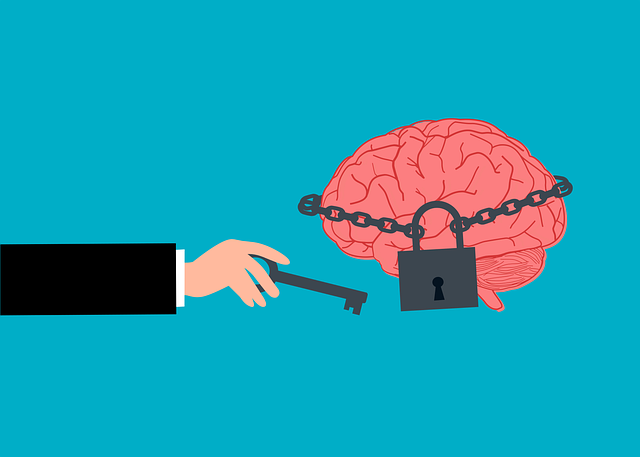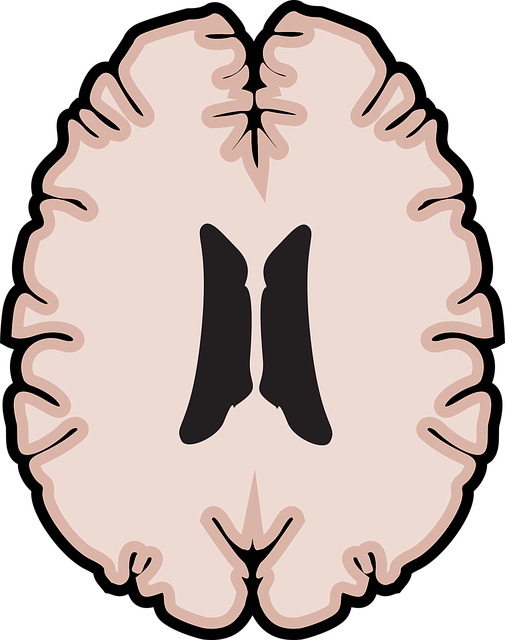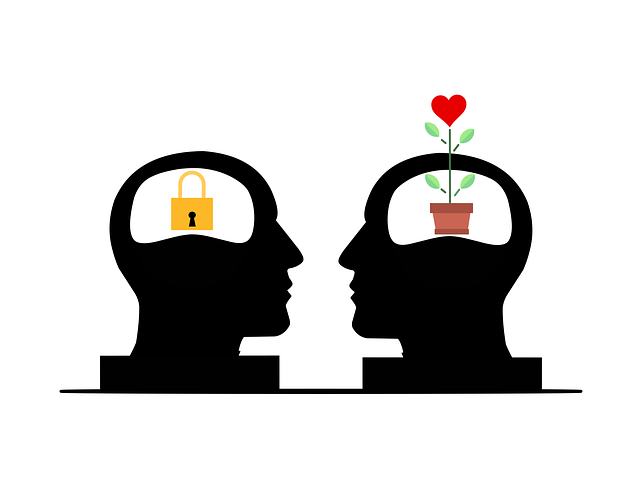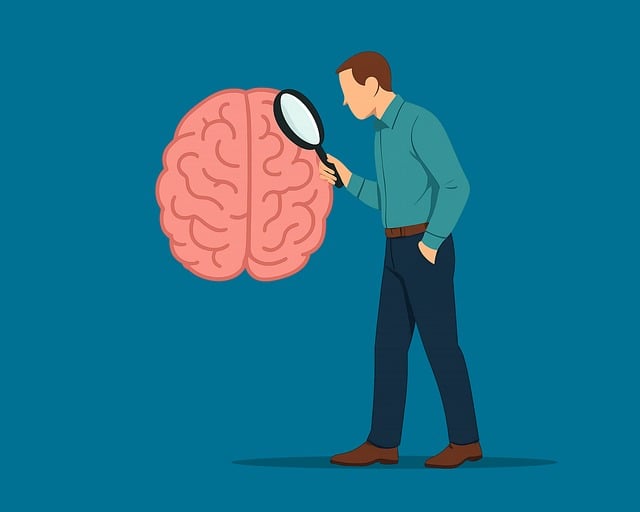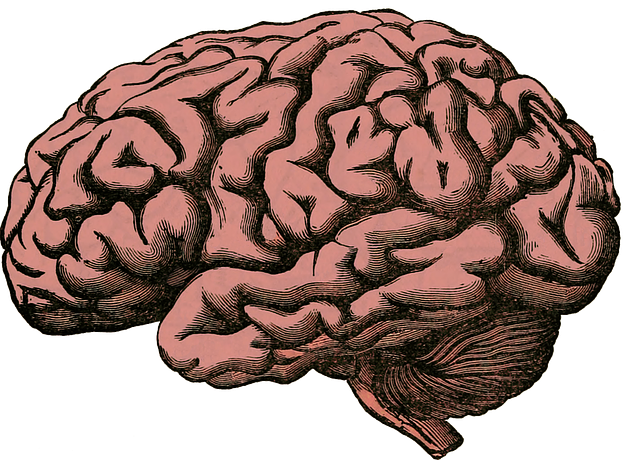Emotion regulation therapy using American Sign Language (ASL) is a groundbreaking approach for adolescent teens, addressing their unique communication and emotional expression needs. ASL facilitates emotional understanding and expression, making it an accessible tool for teens who may struggle with traditional talking therapies. Research highlights the positive impact of teaching ASL as a therapeutic method, enhancing mental health awareness and well-being. By combining ASL with mindfulness meditation, therapists can empower teens to manage stress, improve academic performance, and foster healthier relationships, ultimately preventing depression and burnout.
Emotion regulation techniques are essential tools for adolescent teens navigating their rapidly changing world. This comprehensive guide explores strategies that go beyond traditional therapy, delving into innovative approaches like the power of American Sign Language (ASL) in teaching emotional skills. By understanding the unique challenges faced by teens, we can equip them with the tools to manage and express emotions healthily. From effective therapy models to the benefits of ASL, this article offers valuable insights for fostering better emotional well-being in young adults.
- Understanding Emotion Regulation for Adolescent Teens
- The Role of American Sign Language in Teaching Emotional Skills
- Effective Therapy Approaches for Better Emotional Well-being
Understanding Emotion Regulation for Adolescent Teens

For adolescent teens, emotion regulation is a crucial skill set that can significantly impact their overall well-being and future success. Understanding and managing emotions effectively can help young individuals cope with the many challenges they face during this formative period of life, including peer pressure, academic demands, and identity formation. Many teenagers struggle to express or understand their feelings, leading to increased stress and potential mental health concerns.
Therapy for adolescent teens focused on emotion regulation often incorporates American Sign Language (ASL) as a powerful tool. ASL offers a unique and accessible way for teens to communicate their emotions, providing an alternative method that can boost confidence and self-expression. By learning stress reduction methods through ASL, teens can gain a better sense of control over their emotional responses, fostering mental health awareness from a young age. This early intervention can be transformative, empowering them to navigate life’s complexities with enhanced resilience and improved communication skills.
The Role of American Sign Language in Teaching Emotional Skills

Incorporating American Sign Language (ASL) into emotion regulation techniques teaching offers a powerful approach to enhancing mental health awareness among adolescent teens. ASL provides a unique and effective communication method that facilitates emotional expression and understanding, making it an invaluable tool in therapy sessions. By using signs to convey feelings, teenagers can more readily identify and articulate their emotions, breaking down barriers often associated with verbal communication. This is particularly beneficial for individuals who find traditional talking therapies challenging.
The use of ASL promotes positive thinking by encouraging visual-spatial learning and non-verbal forms of expression. It fosters public awareness campaigns development centered around emotional intelligence, enabling teens to develop coping strategies that extend beyond words. Research suggests that teaching sign language as a therapeutic tool can significantly contribute to the overall well-being of adolescent populations, offering an accessible and engaging avenue for emotional skills development.
Effective Therapy Approaches for Better Emotional Well-being

Teaching emotion regulation techniques to adolescent teens through effective therapy approaches can significantly enhance their emotional well-being. One such proven method is American Sign Language (ASL) therapy, which offers a unique and accessible way for individuals to express and understand their emotions. ASL allows teens to communicate visually, bypassing potential verbal barriers or speech difficulties. This non-verbal approach has shown remarkable results in improving emotional awareness and coping skills, especially among deaf or hard-of-hearing adolescents.
In addition to ASL therapy, incorporating mindfulness meditation practices into treatment plans can be transformative. Studies suggest that mindfulness helps teens develop better emotional regulation by fostering self-awareness and promoting a calm, focused state. This is particularly beneficial in managing stress and preventing burnout, crucial aspects of overall mental health. Moreover, integrating these techniques as part of Burnout Prevention Strategies for Healthcare Providers can extend their benefits to other areas of life, including academic performance and interpersonal relationships, thereby contributing to Depression Prevention efforts among adolescents.
Emotion regulation techniques play a vital role in fostering the emotional well-being of adolescent teens. By understanding complex emotions and employing effective therapy approaches, such as those incorporating American Sign Language (ASL), we can significantly enhance their ability to navigate life’s challenges. ASL, as a unique communication tool, has proven to be an innovative game changer in teaching emotional skills, offering a vibrant and accessible method for expressing and comprehending feelings. As we navigate the digital era, these teachings become increasingly essential, helping teens develop resilience and healthier coping mechanisms. Effective therapy approaches tailored for this demographic not only revolutionize their mental health landscape but also empower them to lead more fulfilling lives.







